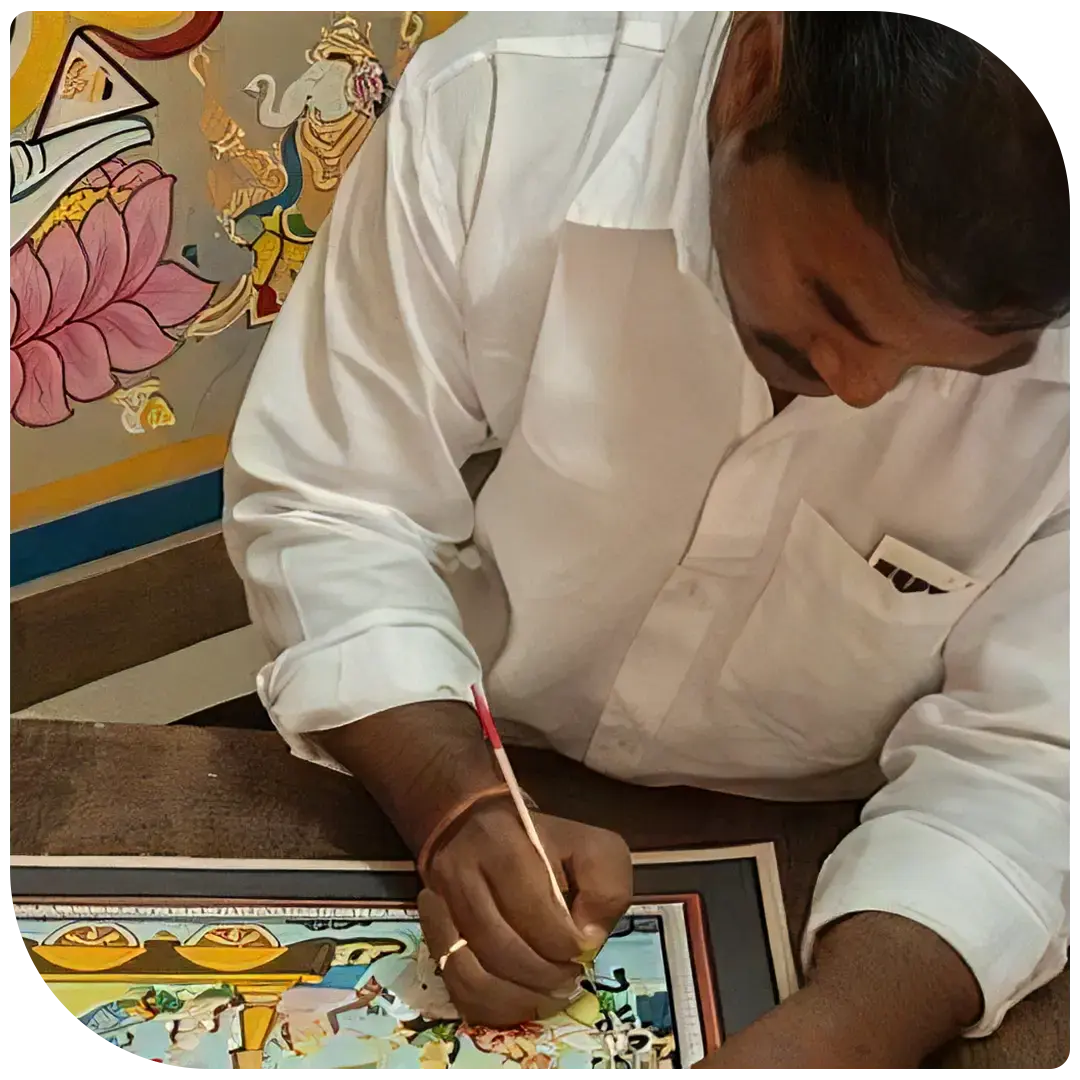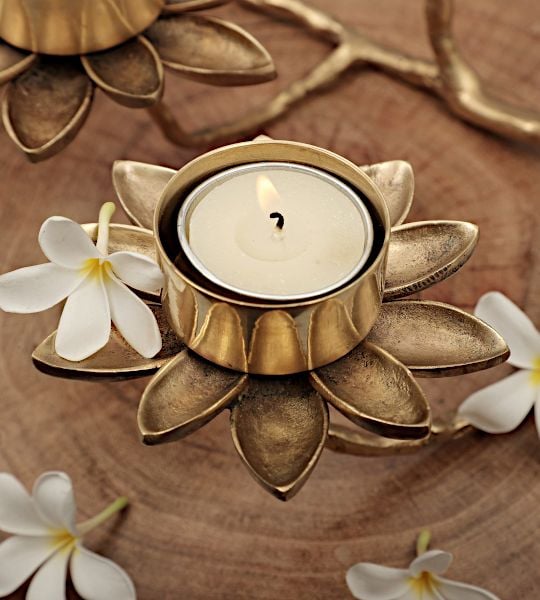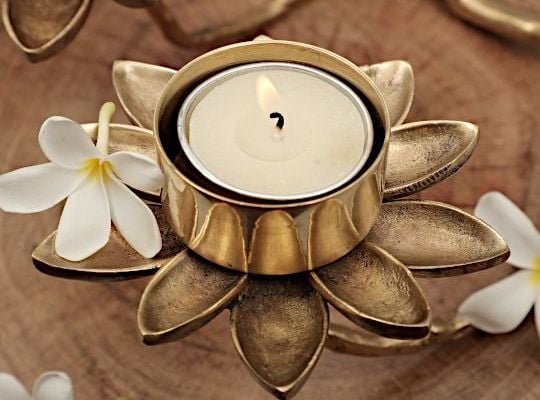Shiva as Pashupatinath with Parvati
| Item Code: | PC82 |
| Specifications: |
Orissa's Paata PaintingScroll Painting on Tussar Silk
|
| Dimensions | 12.0" x 18.0" |
Here we see him dressed as a yogi, in a leopard skin loin cloth with a shoulder scarf flowing about him. His matted hair is tied up in a knot. In this silk painting, the artist has bestowed Shiva with a moustache and a flowing beard. Around his neck is a ferocious serpent. He holds a trident in one hand and a small deer in the other, justifying his title of Pashupati (Lord of the animals). In one hand he holds a rosary of tulsi beads and with the other he holds his consort by the waist. Parvati, a woman of broad face and a voluptuous figure, looks resplendent in the traditional Orissan jewellery. Her sharp nose and the lotus shaped eyes are her special attributes.
In the foreground sits Shiva's vehicle, Nandi, the bull, looking calm and gentle. The lion, Parvati's mount, on the other hand looks aggressive. In the background are the hills of Mount Kailash playing hest to the loving couple. The form, the colours and the treatment of this traditional silk paintings reeks of local flavour.
This description by Kiranjyot.
 to all international destinations within 3 to 5 days, fully insured.
to all international destinations within 3 to 5 days, fully insured.Mastering the Ancient Technique: Exploring the Meticulous Creation of Pattachitra Paintings
1. Canvas is prepared
The process of painting a Pattachitra begins by preparing the canvas (patta). Generally, cotton cloth is used for making the canvas. The local artists dip the cotton cloth in a mixture of tamarind seeds and water for a few days. The cloth is then taken out and dried in the sun. Now natural gum is applied over it to stick another layer of cotton cloth on it. Thus a thick layer of cotton cloth is formed. This layered cotton is sun-dried and a paste of chalk powder, tamarind, and gum is applied on both sides. The surface of the cloth is then rubbed with two different stones for smoothening and it is again dried. This process gives the cloth a leathery finish and it is now ready to be painted.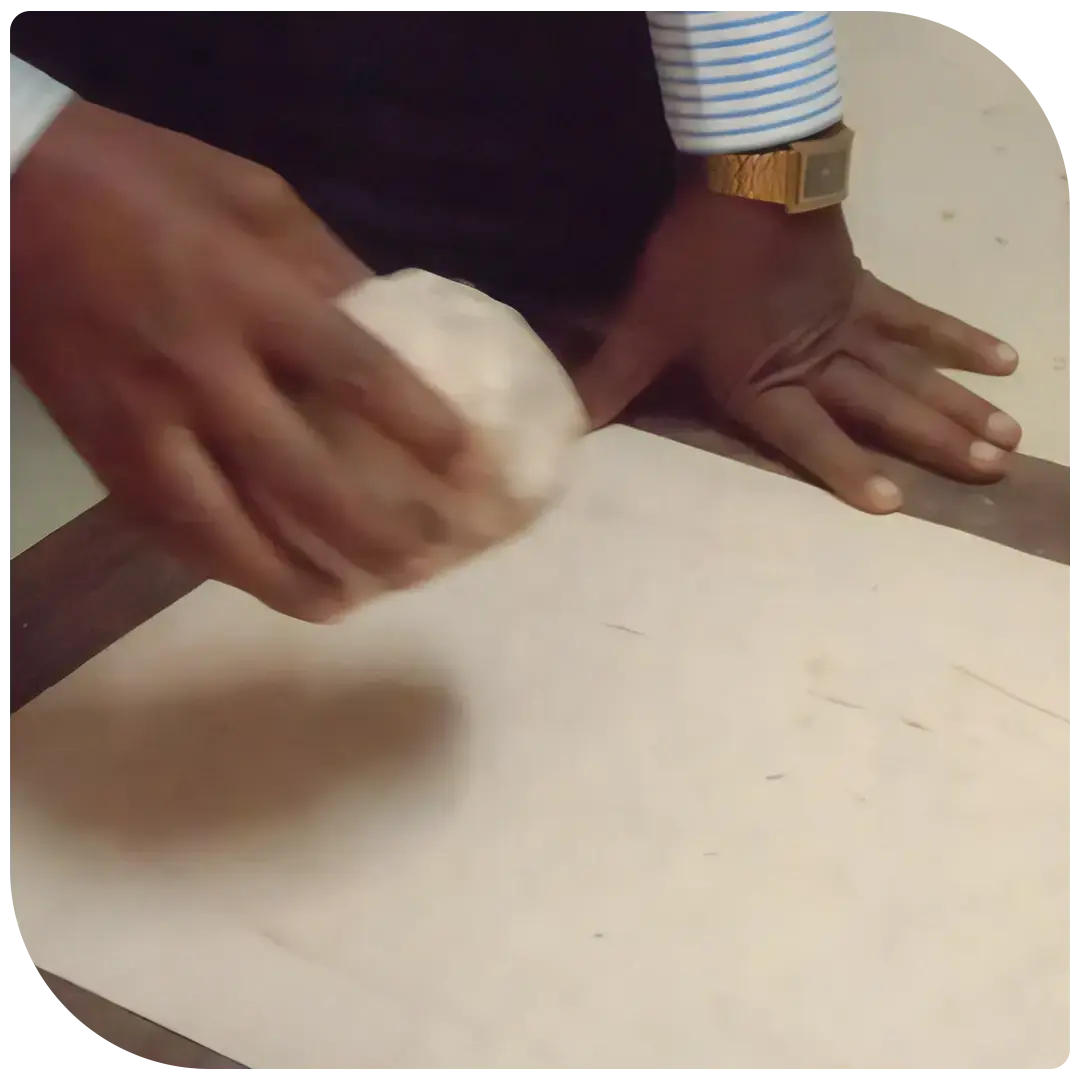
2. Natural colors are made using traditional method
The painters prepare and use vegetable and mineral colors for application in the painting. White color is made from conch shells, black is made by burning coconut shells, Hingula is used for red color, Ramaraja for blue, and Haritala for yellow.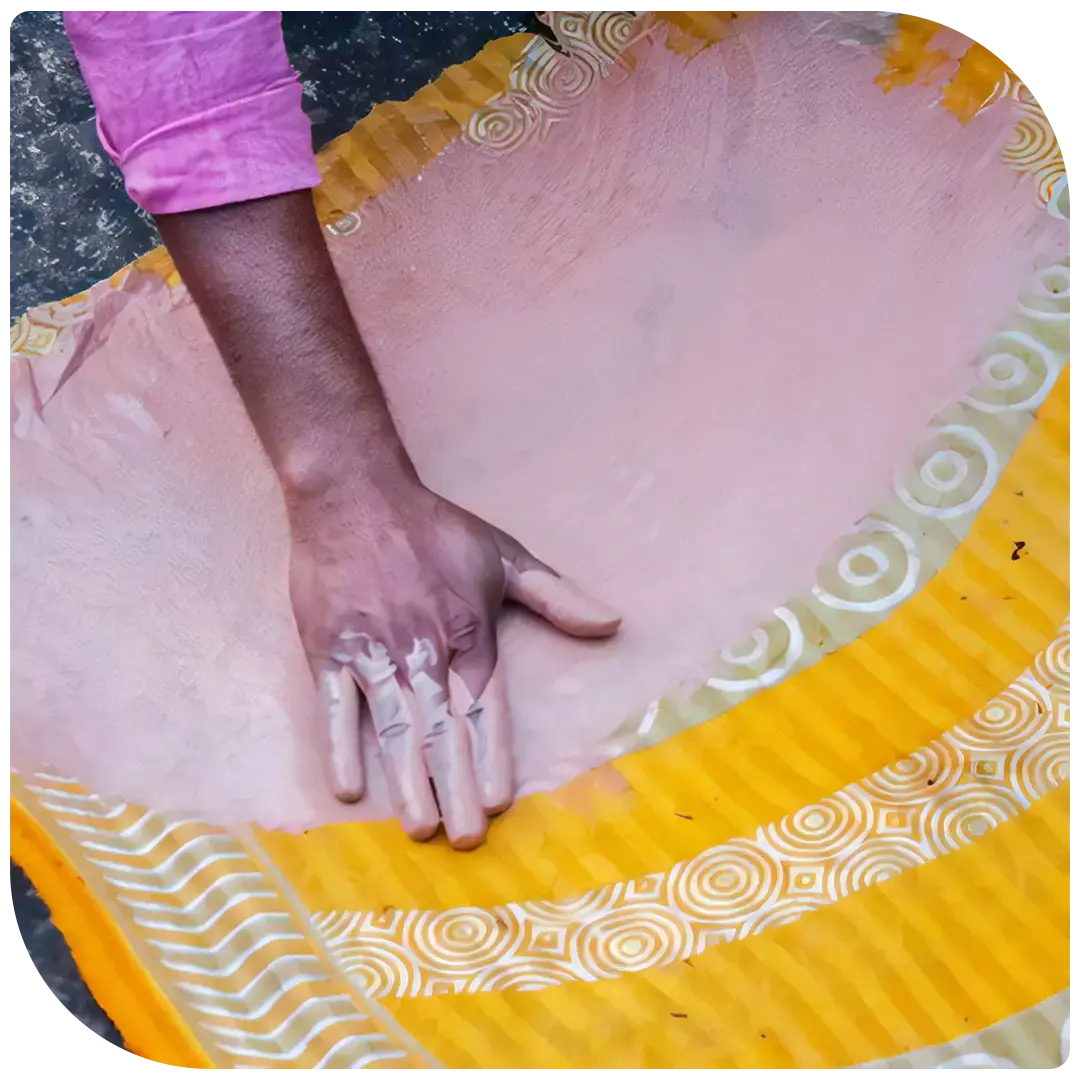
3. Colors are filled in
The artist now makes a double-lined border on all four sides of the canvas. The local artists are so expert in painting that they do not draw figures and motifs with pencil but directly draw them with a brush. The paint brushes that the painters use are made of the hair of domestic animals, a bunch of which is tied to the end of a bamboo stick. The figures are now painted with natural colors using the indigenous brushes. The outline is thickened with black color.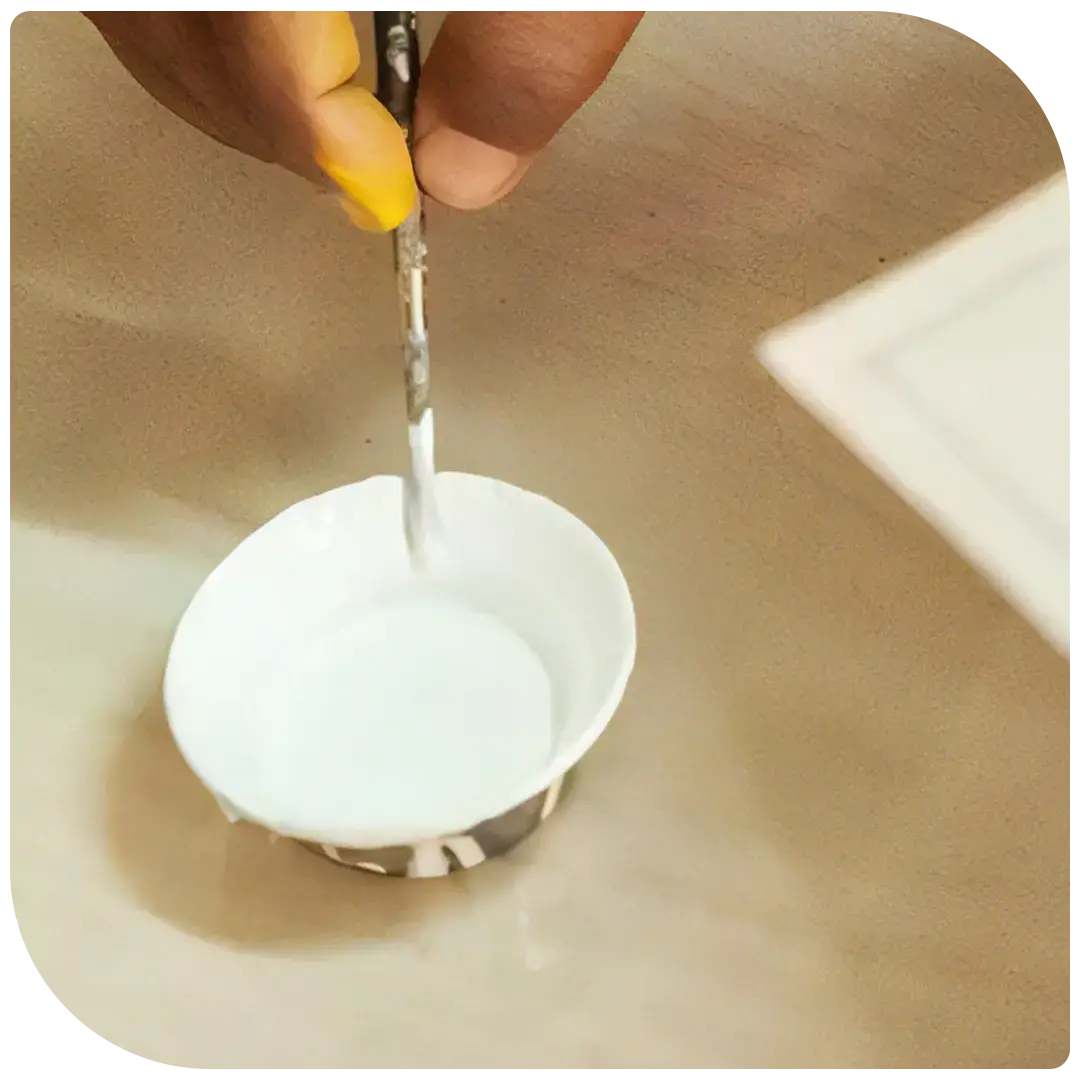
4. Painting is given a finishing
Finally, the painting is varnished/glazed to protect it from any damage and to get a glossy shine on the surface.The making of a Pattachitra is laborious work and therefore, one painting may sometimes take over a month to complete. Due to their classical look, these paintings are admired by people from all over the world. The artistic skills used in Pattachitra are passed down from one generation to another and thus are preserved to date.
